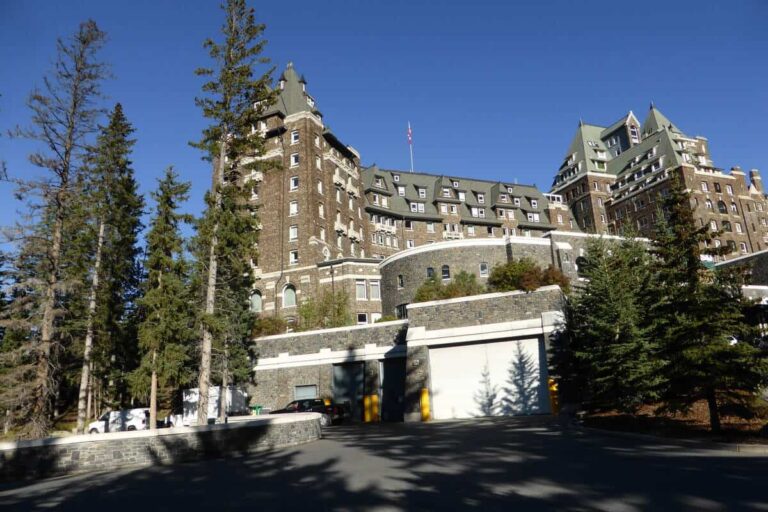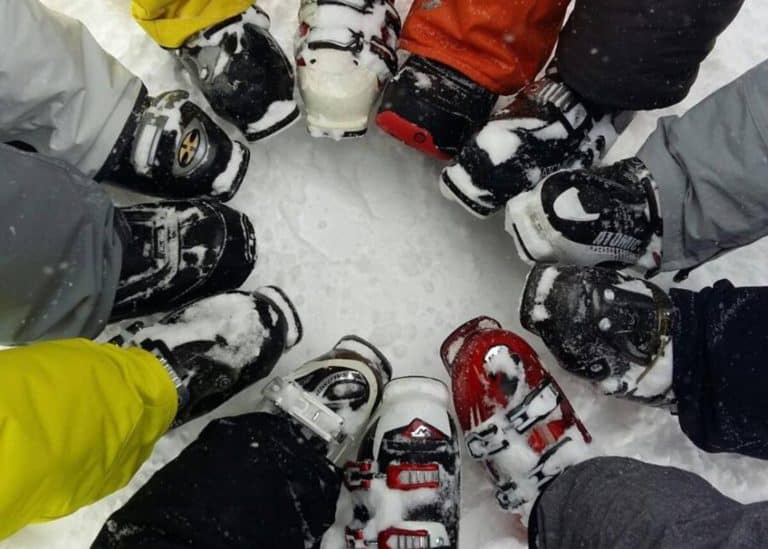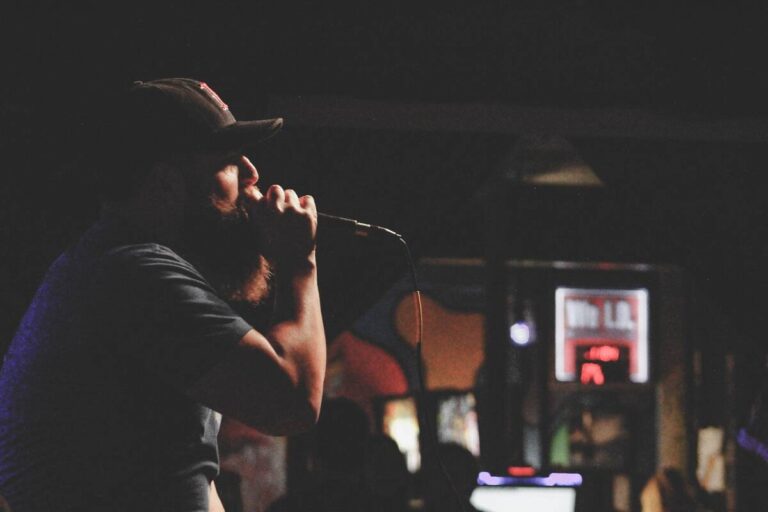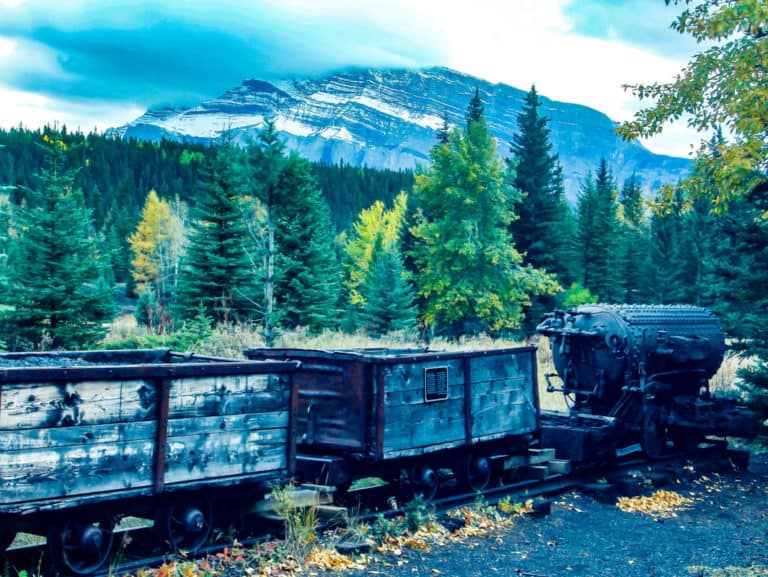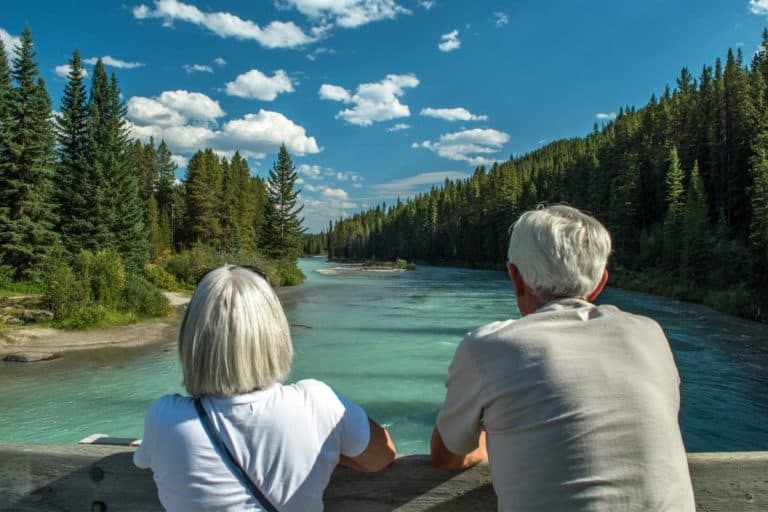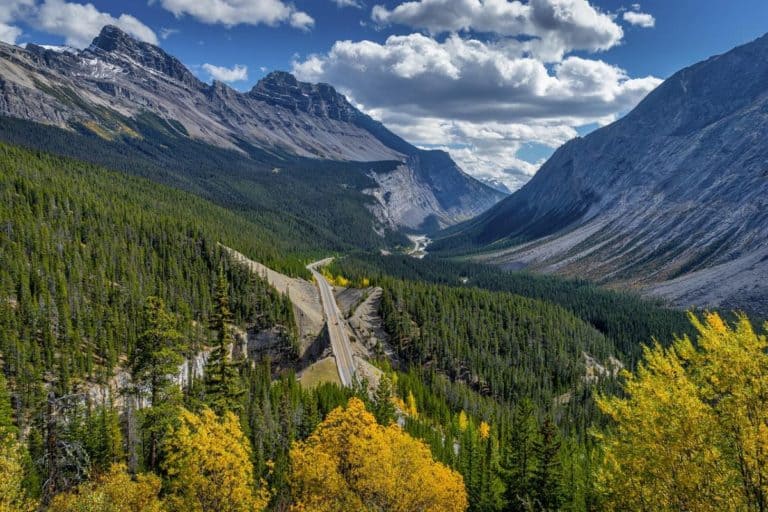Sledding in Banff – Possibilities and Opportunities
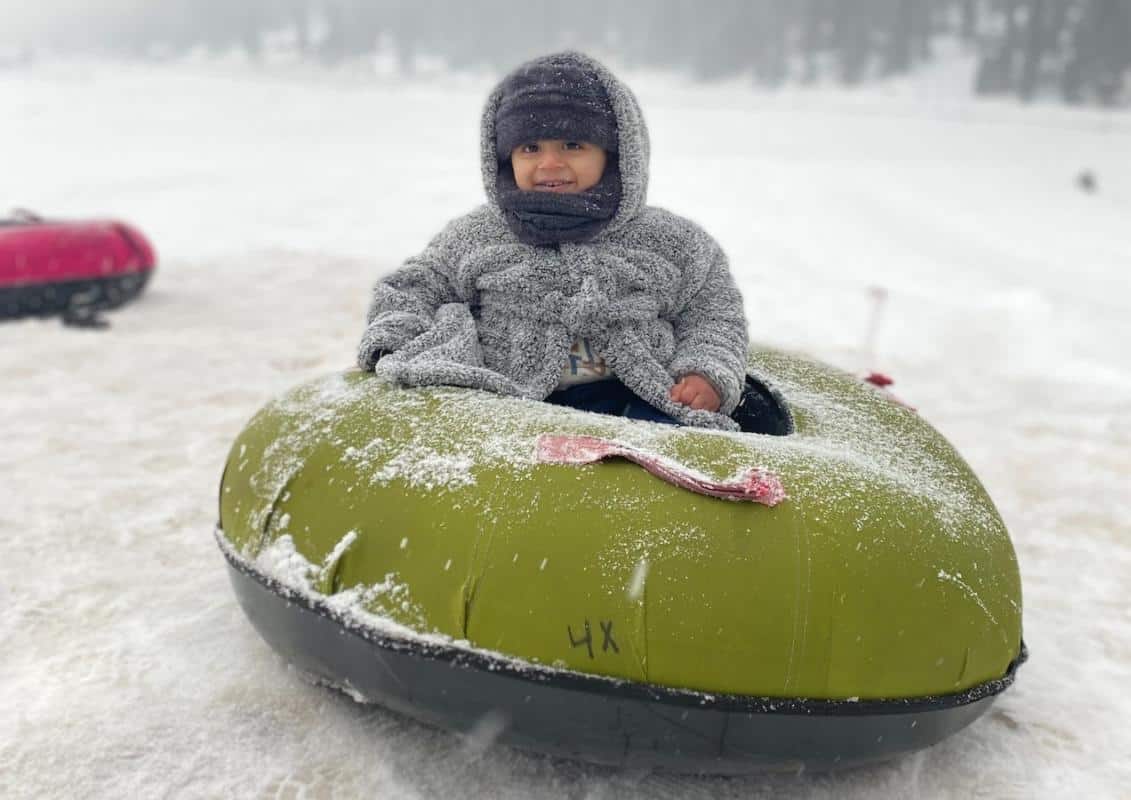
Banff is a dream destination for any sledding aficionado. There are three ways you can sled in the Rockies: toboggan sledding, tubing, and dog sledding. Oh, and there’s also sleigh riding for folks who want to take it a bit easier. You’ll read everything you want to know about this super fun winter activity in this article.
Sure, skiing and snowboarding are lots of fun, and that’s why thousands of tourists flock to Banff National Park during the winter. But Banff National Park also is a stunning place for sledding in its different forms.
Maybe you’re new to sledding, maybe you don’t do it often, or maybe it’s all you can think about in winter. Whatever applies to you, if you want to know more about your opportunities and possibilities in the park, this post is for you. Let’s have a look.
What to Expect from the Four Types of Sledding in Banff?
Banff’s four types of sledding are all very different. They come with their own unique experience for you to discover. Below you’ll find an explanation of each type and what to expect from them.
Dog Sledding
This is arguably the most exclusive and extraordinary way of sledding in Banff. These sleds make for an extraordinary experience in the Rocky Mountains.
Several companies in the Banff and Lake Louise areas offer dog sledding tours. They have varying tours on offer, from a short dog sledding introduction to a long overnight trip.
Tubing
Imagine yourself tubing downhill on the slopes of the Rockies? Tubing is plain fun and an exhilarating experience. Feel the gravity pulling you down while you’re developing speed on the slippery surface? The steeper the hill, the faster you’ll go.
In Banff National Park, you can hurtle down the slopes on a snow tubing adventure at the Lake Louise and Norquay Mountain ski resorts. And the good thing is that you don’t need experience for this surprisingly fun winter activity.
Also cool: you don’t need to drag your tube back up the hill. A towing system will do the hard labor for you, so you can quickly go for yet another high-speed race to the bottom of the valley.
Toboggan Sledding
Toboggan sledding, or just sledding, is the way of sledding you’ve probably done hundreds of times when you were a kid. Now don’t let that underestimate this type of sledding.
These sleds provide the fastest way to ride downhill on a sled. Depending on factors like snow, the slopes gradient and the sled’s weight, you can develop some high speeds on a toboggan. So be careful when you jump on a sleigh of this kind.
Cool for kids AND adults, which makes for a fantastic option for an excellent family winter activity. Banff has several hills that are made for this fun winter activity.
Hose-drawn Sleigh Rides
Don’t fancy crashing down a slope at breakneck speed and still want to slide through the winter wonderland of Banff in the coldest months? Then a sleigh ride with a (cowboy) guide might be your thing.
You’ll ride a horse-drawn sleigh as you tour the bow valley. You’ll glide over roads, mountain meadows and frozen lakes. You’ll get ample room and opportunity to quietly take in the mesmerizing beauty around you. Take Insta magic with your camera or phone while at it.
There are several tour organizers where you can book a stunning, relaxing tour of the Canadian Rockies.
Where to Sled in Banff?

Banff has four types of sledding, implying that there are quite a few locations you can visit. You can use the table below to figure out where to go for what kind of sledding.
Dog Sledding
Want to go on an extraordinary dog sled drive? Lake Louise is the starting point of the only dog sled trips inside the park. Other options depart from Canmore just outside the park. There is a great variety of tours.
If you want to know all the ins and out of this thrilling and unique experience, read the post Dogsledding in Banff, the Ultimate Rockies Winter Experience.
Tubing
The ski resorts of Lake Louise and Mount Norquay offer plenty of daily maintained and groomed tube lanes. Mount Norquay even claims to have the longest lanes in all of Alberta. Both have a carpet lift to drag you back to the top.
Feel uncertain about your tubing skills? Lake Louise has a designated beginners area at Sunny Tube Park.
Mount Norquay Requirements
- Minimum age: 4 years
- Minimum height: 107 cm (42 in)
Banff Norquay
Address: 2 Mount Norquay Road, Banff
Phone: +1 403 – 762 4421
Website: banffnorquay.com
E-mail: info@banffnorquay.com
Lake Louise Requirements
- Minimum age: 3 years
- Helmet: children 12 and under
Address: 1 Whitehorn Road, Lake Louise
Phone: +1 403-522-3555
Website: skilouise.com
E-mail: info@skilouise.com
Toboggan Sledding

While Banff National Park has three ski resorts, they don’t have a designated toboggan area. So if you want to go out sledding, find a good hill. Any snow-covered hill will do. Just pick one that doesn’t pose dangers like trees, fences, or high bumps in your way to prevent serious injury.
Popular locations are:
- Spray Meadows Hill, behind the Banff Springs Hotel, near the Bow Falls.
- Near Cascade Ponds (Lake Minnewanka Road), especially suitable for younger kids as the slopes here are not very steep.
Where to Rent Toboggans?
There are two places where you can rent toboggans in the park if you didn’t bring one (and you probably didn’t). Below you’ll find the information you need.
BANFF
Chateau Mountain Sports (inside Banff Springs hotel)
Address: 405 Spray Avenue
Phone: +1 403 – 762 2508
Website: chateaumountainsports.com
E-mail: chateaumountainsports.com
LAKE LOUISE
Château Mountain Sports (inside Château Lake Louise)
Address: 111 Lake Louise Drive
Phone: +1 403 – 522 3837
Website: chateaumountainsports.com
E-mail: info@chateaumountainsports.com
You can also check the website fatllama.com and search for toboggans for rent in Banff or Lake Louise. There might be locals renting them out for a small price (think CAD 10).
Sleigh Rides

Want to explore the Bow Valley in winter in a relaxing and fun way? Book a horse-drawn sleigh ride. Discover Banff Tours and Banff Adventures have different tours on offer. You can book them for two people, for your family and for groups. Check the websites above to view your options and prices.
Recommended reading: 2022-2023 Banff Ski Resorts Comparison
Best Time to Go Sledding in Banff
As sledding requires snow, your best bet for sledding in Banff is when snowfall is the heaviest. This is the case from November until February. See the table for the average snowfall in the town of Banff:
| MONTH | AMOUNT OF SNOW |
|---|---|
| November | 33.6 cm (13.22 in) |
| December | 43.9 cm (17.28 in) |
| January | 38.2 cm (15.04 in) |
| February | 30.0 cm (11.81 in) |
While these months get the most snowfall, March (27.0 cm or 10.63 in) is still perfectly fine for sledding, and even in April (26.3 cm or 10.35 in), you should still have some possibilities.
What Is the Best Snow for Sledding?
You’ll get the best sledding experience on wet and heavy snow. For this, the snow ratio matters.
The snow ratio is the amount of water produced by a set amount of melted snow. If the snow ratio is 10:1, you’ll get 1 inch of water for every 10 inches of melted snow.
For sledders, a lower ratio is beneficial. It means the snow is wet and heavy. Temperatures around or above freezing are required for this type of snow.
What is the Best Weather for Sledding?
As the paragraphs above indicated, you want to go out on a day with fresh snow with a low snow ratio—preferably snow that has fallen earlier the same day or that fell the day before.
To keep this snow perfectly conditioned for your sledding adventures, a sunny day with temperatures around or slightly above freezing is perfect. It allows for the best sledding conditions.
However, average temperatures from November until February for the town of Banff suggest that your best months will be November and February. The average temperature is likely below freezing during December and January. Check the table below:
| MONTH | DAILY HIGH |
|---|---|
| November | 0.5˚C (32.9˚F) |
| December | -5.3˚C (22.46˚F) |
| January | -5.3˚C (22.46˚F) |
| February | 0.1˚C (32.18˚F) |
How Much Does Sledding Cost in Banff?
Prices for sledding in Banff vary greatly. It depends on the type of sledding that you wish to do.
Dog sledding is the most expensive option. The cheapest option is tobogganing. Tubing and a horse-drawn tour fall somewhere in between.
Dogsledding
As mentioned, there are many dog sledding tours available. That’s why the price range is vast. The cheapest dog sled tour costs CAD 145 per person, and the most expensive one costs CAD 980.
Horse-drawn sleigh ride
The cheapest sleigh ride is between CAD 42 (per person) and CAD 269 (per sleigh for a maximum of four people.
Tubing
For tubing in Banff, you’ll use the Lake Louise or Norquay Mountain ski resort facilities. The prices for tubing at these resorts include a lift pass.
Mount Norquay:
Info to follow.
Lake Louise:
To be announced.
Tobogganing
If you didn’t bring a toboggan, you could rent them for about CAD 10 a day. You can also buy your own. In that case, prices start at around CAD 30.
Want to know about tenting in Banff National Park in Winter? Read the post The Complete Guide to Winter Camping in Banff.
Is Sledding Dangerous?

The word dangerous probably takes it too far, but yes, there are some risks involved in sledding. As they all involve traveling at high(er) speeds, I’m referring to tobogganing, tubing, and dog sledding.
While each sledding discipline has its own characteristics, in general, you can state that sledding involves the following risks:
- Injuries often occur when the sled hits an object (fixed object) or when you fall from the sled. This can result in injuries like bruises, wounds and broken bones.
- If you’re going sledding with children of six or younger, injuries to the head and neck are frequent.
How to Limit Risks While Sledding?
While adults can have fantastic good fun with all kinds of sledding in Banff, it’s a winter activity that particularly interests children.
If you go out sledding with your kids, it’s good to know how to limit the risks. And sure, as an adult, you’ll benefit as well from the tips below:
- Wear a helmet (preferably a winter sports helmet)
- Use a sled that’s equipped with breaks and can be steered
- Wear warm clothes (winter jacket, snow pants, snow boots, hat and gloves)
- Don’t wear a scarf. Scarves can get stuck in the led
- Find a safe spot without hazards like trees, bumps, rocks or fences on the sledding path
- Sled with your kid if very young
- Sled with your feet downhill and face forward (never go downhill face-first; this may lead to serious injury)
How Fast Can You Go on a Sled?
It’s hard to say what speed to expect on your sled of choice (toboggan, tube or dog sled). Snow quality, weather, sled weight, the sledder’s weight and the slope’s gradient all affect the speed you’ll be going downhill.
- Toboggans can reach speeds of up to 96 kilometers per hour (60 mph). They are the fastest sleds you can use in Banff, as they have the least friction. However, a study found that a sled’s average speed driving downhill is 30 kilometers per hour (19 mph).
- Snow tubes can reach speeds of up to 80 kilometers per hour (50 mph). While lower than the maximum speed of a toboggan, it’s still seriously speedy and surely will give you a thrill.
- Dog sleds travel at an average speed of 32 kilometers per hour (20 mph) over shorter distances. For longer distances, the speed drops to an average of 16 to 22 kilometers per hour (10 to 14 mph). The weather and trail conditions can play a role in slowing down the pack.
What to Take With You When Sledding?
While Banff’s four sledding types differ, they have one crucial thing in common: you’re in (severely) cold and often sunny weather. Therefore, the list of items below applies to all types of sledding in the park.
- Insulated winter coat (wind and waterproof)
- Warm (fleece) sweater
- Warm, moist-wicking socks
- Long underwear
- Pair of gaiters
- Insulated snow pants
- Snow boots
- Hat
- Mittens or gloves
- Scarf (for sleigh rides, not on a toboggan, tube or dog sled)
- Sunscreen
- Goggles
Do You Need Insurance for Sledding?
Yes, as it involves speed and, therefore, risks. However, you usually don’t need to get separate insurance for sledding. Most insurance companies offering winter travel insurance include sledding in their terms and conditions.
Nevertheless, always check the terms and conditions before you go out on your sledding trip. Or call your insurance company.
There are dedicated insurance companies that insure worldwide winter sports activities. Companies like Sports Cover Direct allow you to take out a separate (sports) dog sledding insurance.
These types of insurance should provide you with (slightly) better conditions there the average winter sports policy. I’d advise you to always compare well before deciding what insurance to get.
Selected Sources
Recommended reading: Go-to Guide for Winter Driving in Banff National Park.

